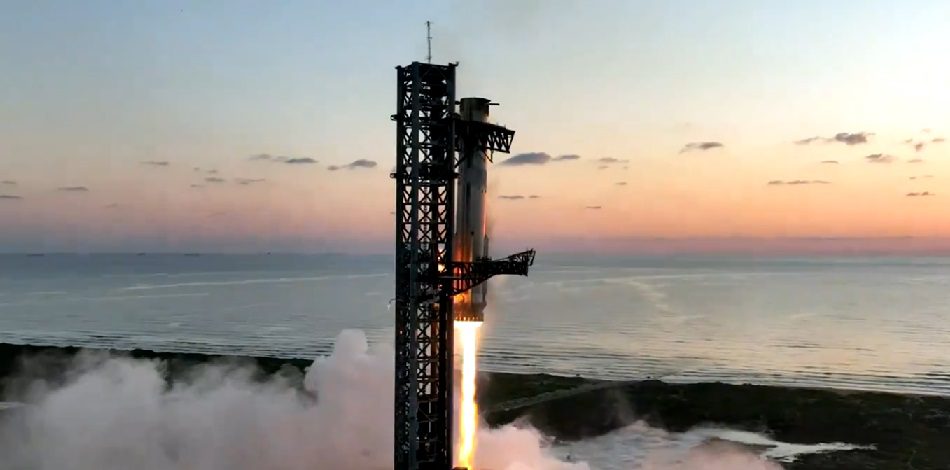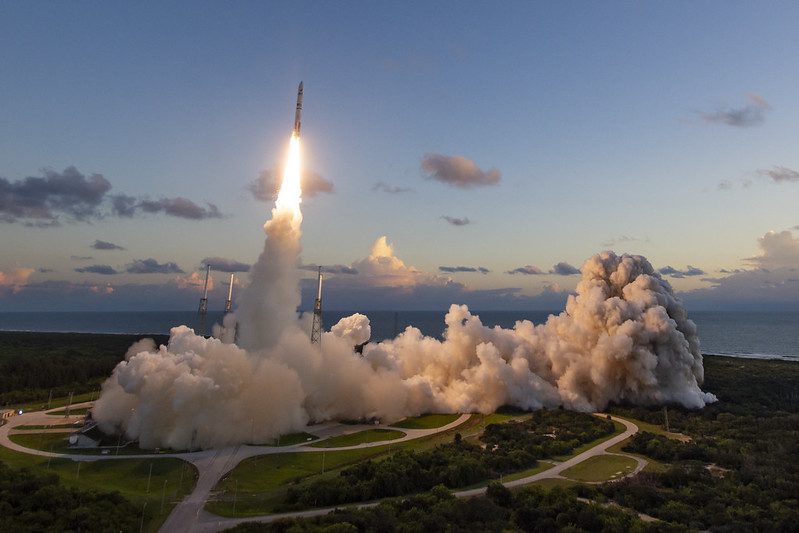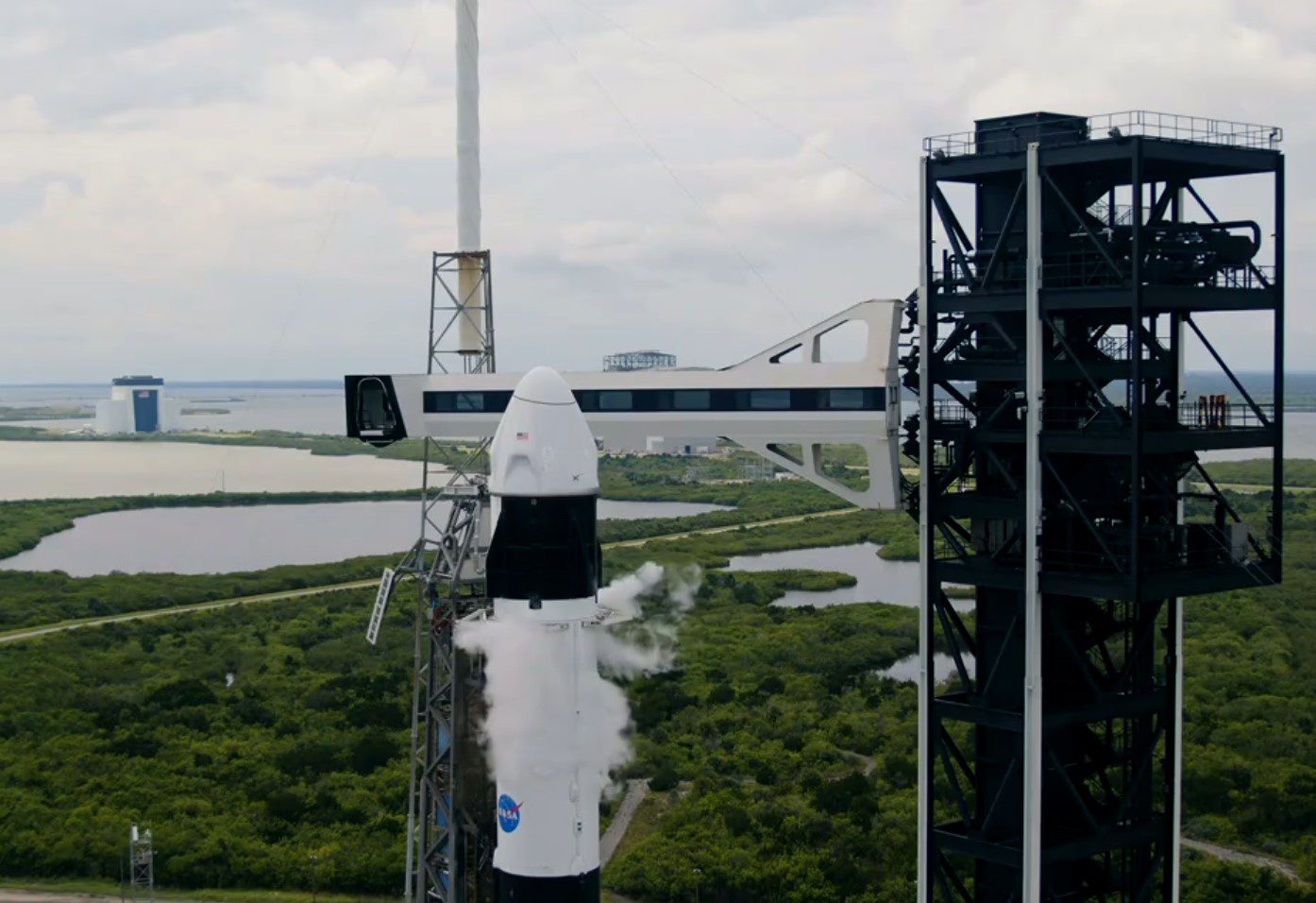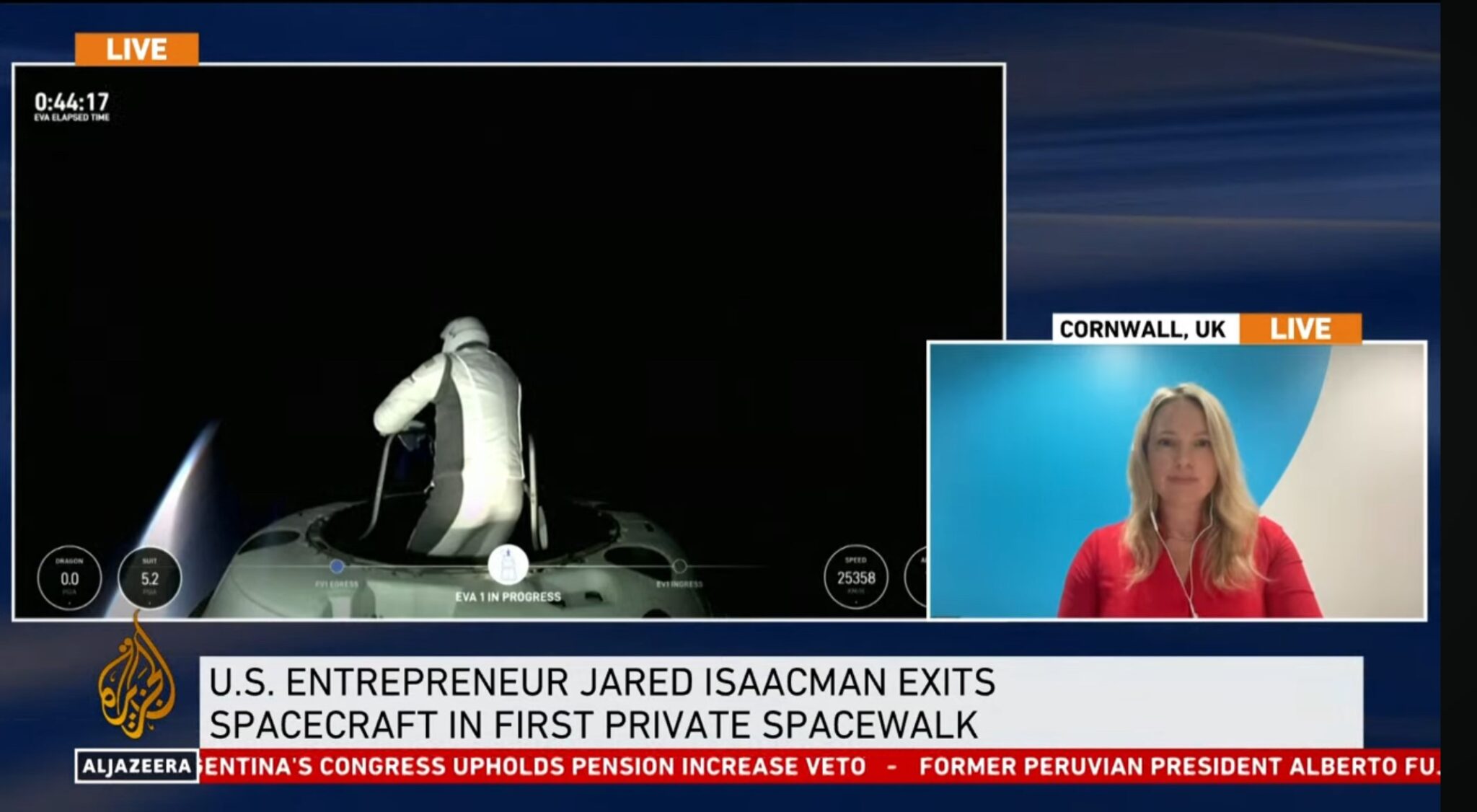The Director General of the European Space Agency (ESA), Jean-Jacques Dordain, recently asserted at the International Astronautical Congress in Naples, that the expected flight rate for new launch vehicles would not be high enough to make reusable technology economic to develop and operate in the near term. Now it seems that the US Air Force is coming to the same conclusion. Or rather the US National Research Council is.
Lockheed Martin concept for reusable flyback booster as part of the Pathfinder programme may now not happen. Courtesy: Lockheed Martin
In a paper by the technical arm of the US National Reseach Council, the council advises the US Air Force to not proceed to full development of a liquid flyback booster. The advice is on the basis of doubts over cost estimates in developing and operating the flyback boosters, and over concerns about the basic business case for the use of the boosters.
Instead the paper, in viewing the long term benefit of the technology, advises that reusable technology research should continue, both to reduce the risk of developing full boosters, but also because the technology may find applicatoin on other launch systems. The US Air Force Research Laboratory is running a Pathfinder programme researching technology for such boosters.
ESA has a similar stance. While pursuing the full development of the expendable Ariane 6 (whether this gets built instead of, or ahead of, the planned Midlife Evolution upgrade to the Ariane 5), ESA has financed technology demonstrations of reusable technology at the UK firm Reaction Engines Limited (this writer is a small shareholder). Reaction Engines hopes one day to build a single-stage-to-orbit space plane called Skylon.
In addition, ESA has had preliminary negotiations with the Russian rocket engine firm, Khrunichev over rocket engine technology it is developing using liquid natural gas/methane and liquid oxygen (LOx) for use on Russian liquid fuel flyback boosters. Such technology is regarded as ideal for reusable booster rockets as it does not produce signficant coking (carbon deposits) and offers a relatively high specific impulse.







